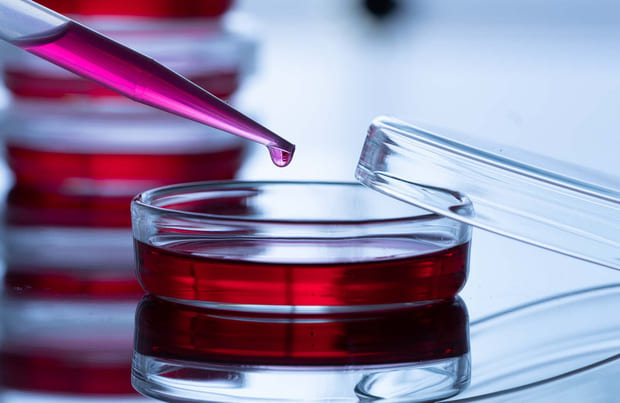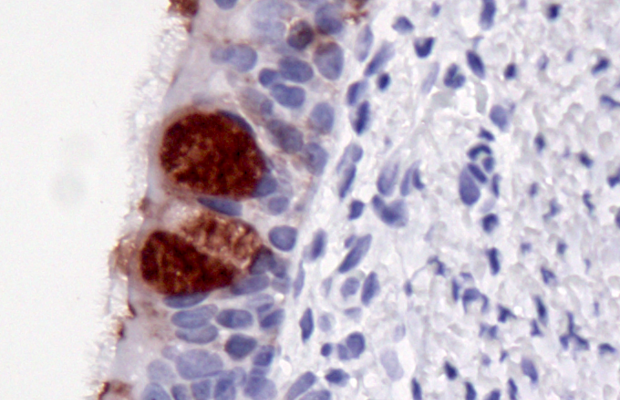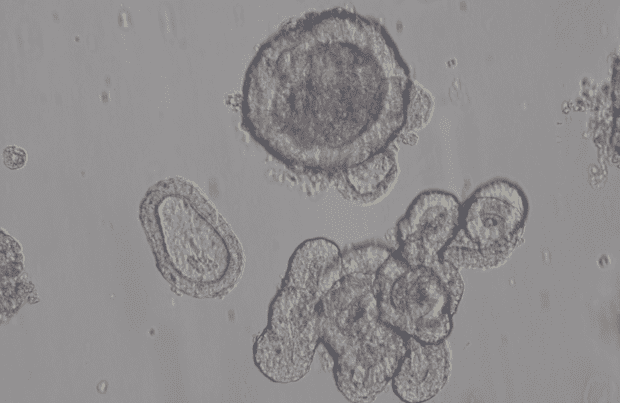3D Culture Models
Alternative models to advance your discoveries
Why…?
Historically, research based both in vitro cell culture and in vivo models have been extremely useful to advance our knowledge on infectious disease process. However, there are a significant gap in complexity between the highly controlled reductionist traditional in vitro cell cultures and the largely undefined, but relevant variability encompassing in vivo animal models.
In recent years, stem cell research has made significant progress towards establishing ex vivo culture models (“organoids”) that mimic biologically and physiologically the original tissue/organ in vivo, thus contributing in the advancement of translational and biomedical research.


Respiratory model
Respiratory epithelial cell cultures growing at the air-liquid interface can resemble the natural respiratory tract pseudostratified epithelium of the host, including the corresponding cell lineages (ciliated and non-ciliated epithelial cells, goblet cells, M cells) and functionality (mucociliary apparatus, innate immune response). These cultures have a self-life of 8 weeks; can be sub-cultured, and cryo-preserved without any differences in cell differentiation/morphology.
Intestinal model
Intestinal crypt stem cells derived from different regions of the small and large intestine can grow in Matrigel or Transwell inserts, and differentiate into self-renewal intestine-like 3D cultures or enteroids (“mini-guts”) that recapitulate the in vivo intestinal epithelium with most of its cell lineage composition (enterocytes, goblet cells, enteroendocrine cells, Paneth cells) and functionality. These cultures can be frozen in liquid nitrogen, thawed and sub-cultured without losing viability.

Applications
Disease modeling, pathogen-host interaction studies, differentiation studies, drug discovery/response and pharmacological applications, cancer research, gene and protein expression studies, cell behavior, proliferation and cell-cycle studies, cell adhesion and signaling studies, apoptosis, microenvironment studies, cell and tissue physiology applications, cell adhesion and signaling studies, cell motility studies, cell morphology and tissue architecture as co-cultures.

